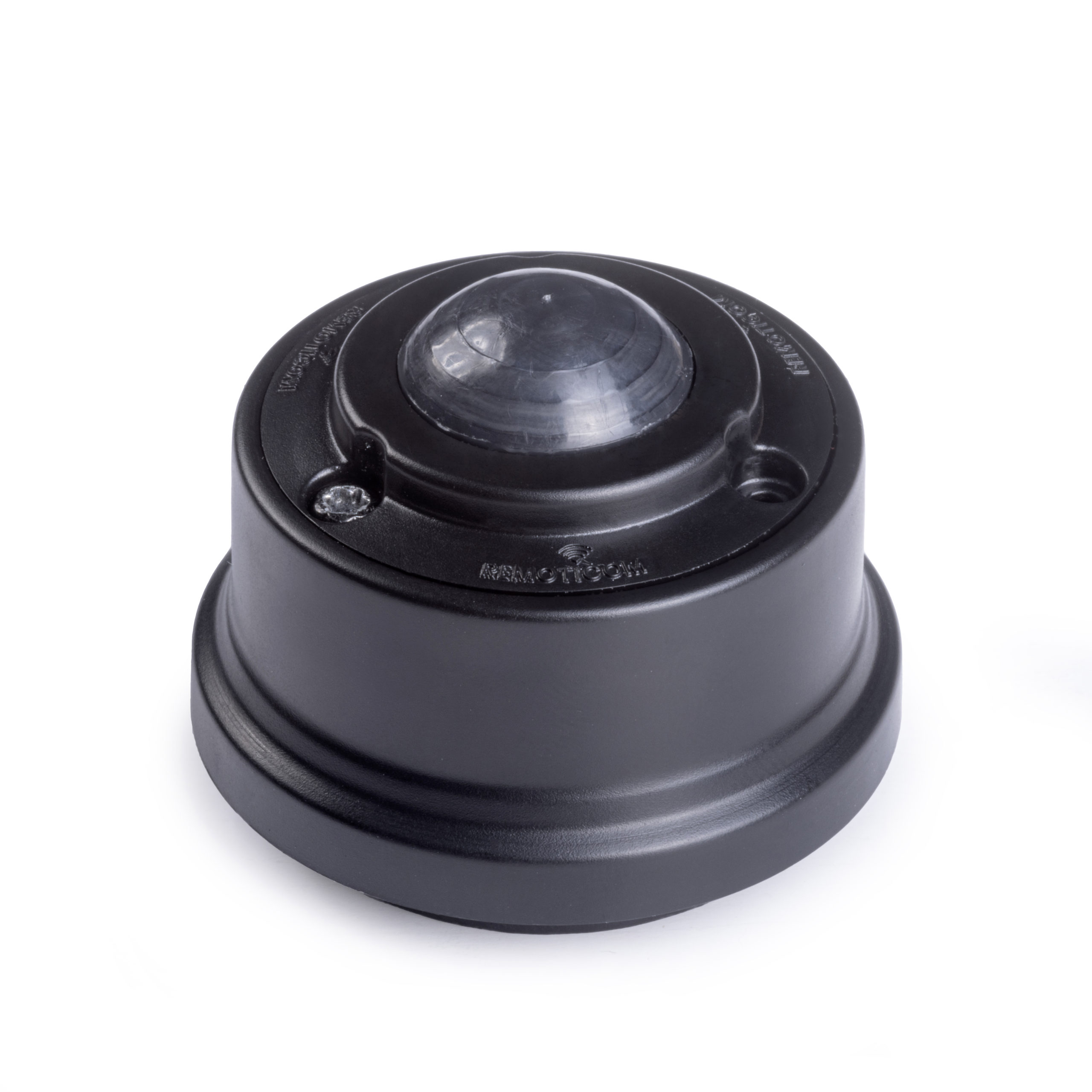Ijpelareweg is a bicycle path situated in the city of Tilburg in the Netherlands. Indeed, a cycle path should always be adequately lit when someone passes. But of course, there are also various times when the cycle path is deserted and no movement is detected. This project provides an energy-efficient and animal-friendly solution, where we want to keep energy consumption as low as possible.
"Bespoke white and amber light in an application of sensors combined with management system to conserve ecology."
– Bert van Esch, specialist consultant on public lighting, traffic control installations, cameras and electrical cabinets.
Municipality of Tilburg
STARTING POINTS.
For this particular project, we are using 79 (78 with ZMS) animal-friendly light points. These sensors illuminate the busy school and commuting route in wooded areas. The light points are not only animal-friendly, think bats, but are also beneficial for cyclists and the climate.
OUR APPROACH.
In the dark hours, Remoticom's Zhaga Motion Sensor (ZMS) detects motion via its PIR sensor. This detection is transmitted to Signify's lighting controller (OLC) over the Dali bus, which in turn controls the Schréder luminaire via Dali.
When motion is detected, the ZMS also signals other ZMSs via its Bluetooth mesh network, causing nearby luminaires to react with it. Via the ZMS app, it is possible to set which luminaires respond with movement, and after how much time the luminaire switches back.
Lighting technology from three different manufacturers is brought together here, providing a very nice example of technology working together. The firm Heijmans professionally carried out the entire technical installation.
In Signify's Interact City Platform, the behaviour of the luminaires can be monitored, as shown in the image below.

This image shows the switch logs of the OLC which, in combination with the ZMS, control the white light of this luminaire. Each peak is a moment when motion has been detected and is illuminated by the luminaire. This image shows well that the white light can stay off for most of the night without leaving a cyclist in the dark. In this way, we save energy and reduce light pollution.
Products.
Product used to create this innovative solution is:
Solution.
When it gets dark outside, proper lighting of a cycle path is very important. In case a cyclist rides by, they should have a well-lit passage to avoid accidents. But cyclists do not ride by at all times. To avoid unnecessary energy consumption, Remoticom provides lighting adapted to the situation.
When there are no cyclists in the dark hours, the animal-friendly (amber) light is on. This is because mammals are sensitive to blue and ultraviolet light. The moment a cyclist approaches, the lighting is adjusted to allow the cyclist to move in a bright bubble of light. The lights in front of the cyclist are switched on and will switch back to the animal-friendly light behind the cyclist. This consumes a lot less energy and allows a cyclist to move forward in his light bubble in a very safe way.
See here how the product performs in practice:
RESULTS ACHIEVED.
- An energy-efficient light bubble adapted to the situation.
- Minimal lighting where a cyclist can still cycle in a bright bubble of light.



